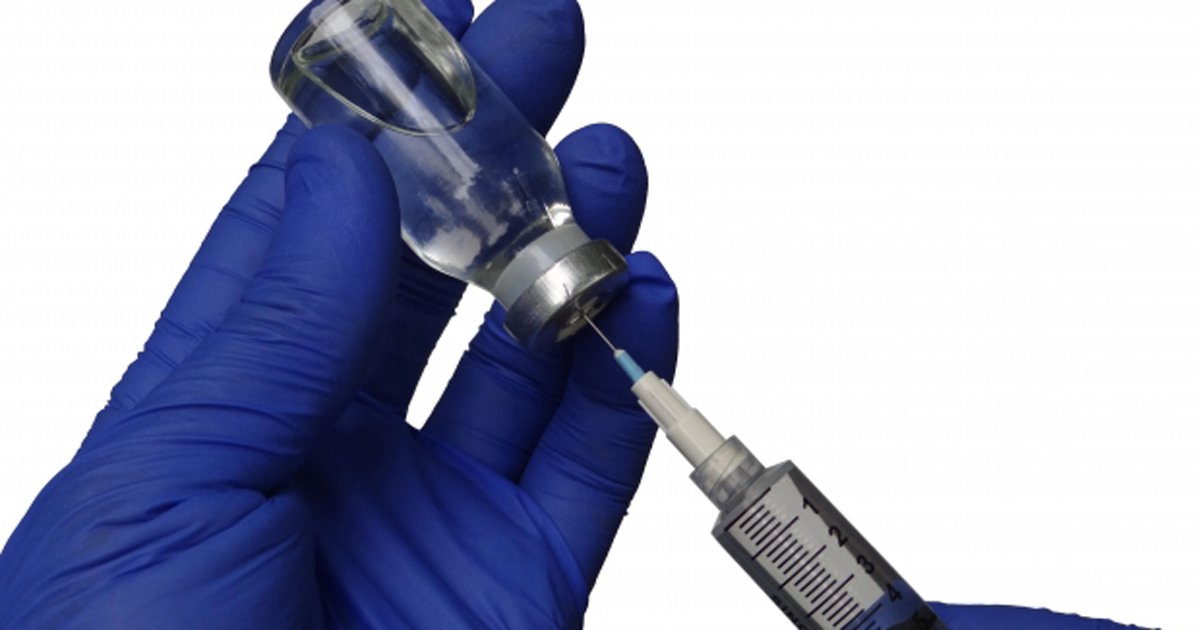Expanding HPV vaccination to age 45 years not as cost-effective as current strategy
Expanding the current HPV vaccination program in the United States to include men and women up to age 45 years may only produce small additional benefits and is not nearly as cost-effective as it is among younger age groups, according to a study published in the Annals of Internal Medicine.
Jean-Francois Laprise , PhD, a mathematical modeler and senior research associate at the Centre de recherche du CHU de Québec–Université Laval, Québec City, and colleagues explained that although the FDA expanded its approval the 9-valent HPV vaccine Gardasil 9 (Merck) in 2018 to include men and women aged up to 45 years based on efficacy and safety, “another consideration for policy recommendations is the potential for incremental population-level health benets, as well as the tradeoff between these benets and the added costs.”
The HPV vaccination program in the U.S. currently calls for routine vaccination of children aged 11 to 12 years, with catch up vaccination from age 13 to 26 years in women and 13 to 21 years in men.
Laprise and colleagues used a model to predict health benefits in four scenarios —extending the vaccination program to men and women aged up to 26 years, 30 years, 40 years and 45 years. In simulations, the model used U.S. data on demographics, sexual behavior and HPV transmission, including herd immunity. The model also used data on HPV-associated diseases, screening and treatment of cervical lesions and cancer, vaccination history and medical costs.

Researchers found that compared with no vaccination, the current HPV vaccination program would reduce the diagnoses of anogenital warts by 82%, cervical intraepithelial neoplasia of grade 2 or 3 by 80%, cases of cervical cancer by 59% and cases of noncervical HPV-related cancers by 39% over the next 100 years.
Analyses showed that if the vaccine program was extended to include men and women aged up to 45 years, there would be additional reductions in percentage points of 0.4 in anogenital warts cases, 0.4 in cases of cervical intraepithelial neoplasia of grade 2 or 3, 0.2 in cases of cervical cancer and 0.2 in cases of noncervical HPV-related cancers over the next 100 years.
Laprise and colleagues predicted that compared with the current vaccination program, extending it to men and women aged up to 30 years would cost $830,000 per quality-adjusted life-year (QALY), $1,843,000 per QALY when it included those aged up to 40 years, and $1,471,000 per QALY when it included those aged 45 years.
In addition, 90% of model simulations predicted that incremental cost-effectiveness ratios were greater than $124,000 per QALY gained when the program was extended to include those aged up to 30 years, $382,000 per QALY gained for those aged up to 40 years, and $463,000 per QALY gained for those aged up to 45 years.
In comparison, models from previous studies predicted that the current HPV vaccination program ranged from being cost-saving to costing $35,000 per QALY.
“Our results suggest that the current vaccination program in the United States will substantially reduce HPV-associated diseases and is cost saving, whereas vaccinating mid-adult women and men through age 30, 40, or 45 years is predicted to produce small additional reductions in HPV-associated diseases and to result in substantially higher [incremental cost-effectiveness ratios] than the current program,” Laprise and colleagues wrote. – by Erin Michael
Disclosures: The authors report no relevant financial disclosures.

